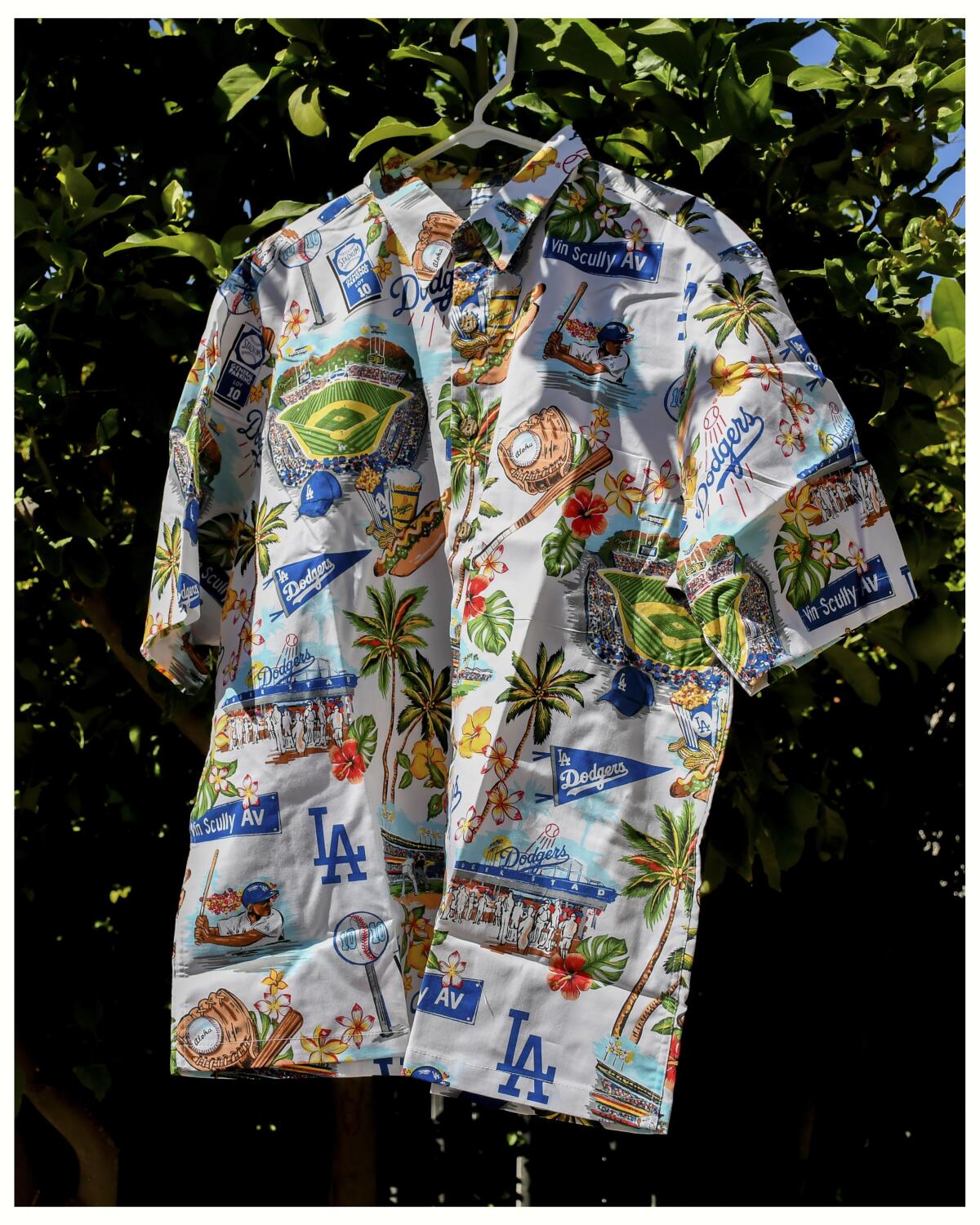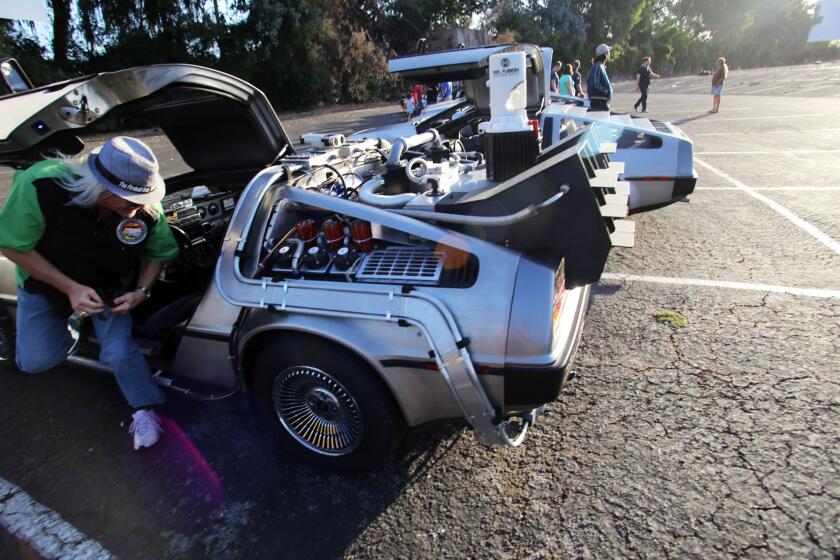A Word, Please: Advanced punctuation tips for those in the know

If you’re reading this, you probably know a thing or two about punctuation. But nobody — including punctuation book authors (ahem) — knows it all.
So here are some advanced punctuation tips for good punctuators who want to get even better.
A single quote mark followed by a double quote mark comes after a period or comma. Let’s say you’re quoting someone who’s talking about a specific word, so you put the quotation in regular quote marks and the word itself in singles, like this: “Stop saying ‘whatever.’” The rule that says periods and commas go inside quotation marks applies to single quotation marks, too. The order is period, single quote mark, double quote mark.
An apostrophe comes before a period or comma. Apostrophes look a lot like single quotation marks. Depending on the font, they can be indistinguishable. But they’re different. An apostrophe can represent an omitted letter: thinkin’, talkin’, sleepin’, etc. And unlike a single quote mark that would come after each of those commas, an apostrophe is part of the word. That’s why the apostrophe goes before a period or comma, even when it’s within a quotation: “He’s sleepin’.”
An em dash can have a space on either side, or not. Different publishing guides have different rules for whether you put spaces around a dash — like this, or not—like this. Either way is fine.
If you can rearrange the order of adjectives, they require commas between them. Why are there commas in “a red, purple, yellow and green shirt” but none in “a bright red Hawaiian shirt”? It’s because the adjectives in the first example all have the same relationship with the noun. You can swap the order and it doesn’t affect the meaning: a yellow, purple, green and red shirt. But in our second example, some adjectives are more closely related to the noun than others, so you can’t move them around. “A Hawaiian, red, bright shirt” just doesn’t mean the same thing.
If you can insert “and” between adjectives, they require commas between them. Here’s another trick you can use: Try “a red and purple and yellow and green shirt,” then try “a bright and red and Hawaiian shirt.” The first one works fine, but the second doesn’t because “bright” describes not the shirt but the color red and because the word “Hawaiian” is more integral to the noun than the other adjectives. That’s why experts say you put commas between “coordinate adjectives” that come before a noun — the commas are standing in for the coordinating conjunction “and.”
Semicolons can make sentences less readable. Semicolons can be used to show that two independent clauses are closely related; for example, like this. But that makes the sentence longer and more cumbersome. Semicolons can also be used to separate complicated sentence elements that commas just can’t handle. For example, if you were to write, “We visited Denver, Colorado, Augusta, Georgia, and Toledo, Ohio,” it looks like “Denver” and “Colorado” are two different places. A semicolon after each state shows the proper relationships of these nouns. But state-city combos are the rare example when semicolons help more than hurt. Usually, if you need semicolons to make sense of complicated lists, it’s better to break up the sentence.
Adverbs ending in -ly shouldn’t be hyphenated. Rules say you should often hyphenate words that work together to modify a noun: a test-taking strategy, a family-friendly movie, a state-of-the-art technology. But when one of the words is an -ly adverb, you don’t use a hyphen: a happily married couple, a recently renovated home.
A complete sentence before an ellipsis ends with a period. If you’re using an ellipsis to … indicate a delay or omitted words, you put a space before and after the three dots. But sometimes the stuff before the ellipsis is a complete sentence. … In those cases, end that sentence with a period, then insert a space, then insert the three-dot ellipsis.
June Casagrande is the author of “The Best Punctuation Book, Period.” She can be reached at JuneTCN@aol.com.
All the latest on Orange County from Orange County.
Get our free TimesOC newsletter.
You may occasionally receive promotional content from the Daily Pilot.



